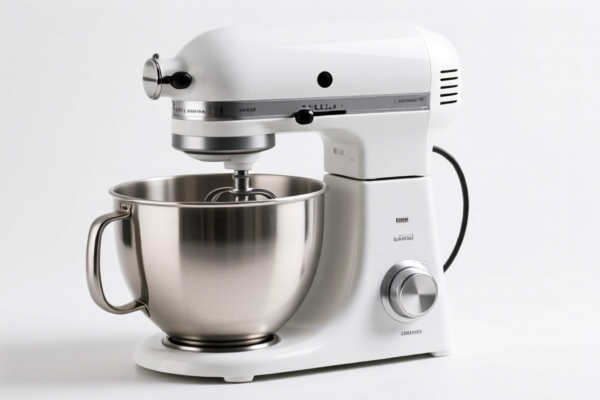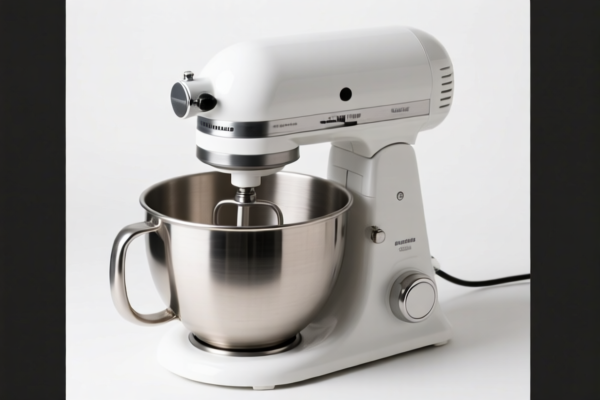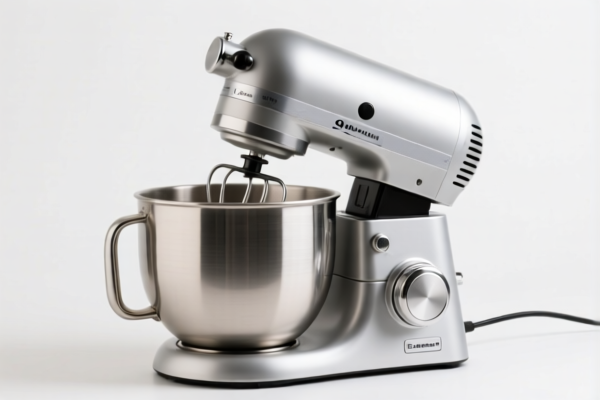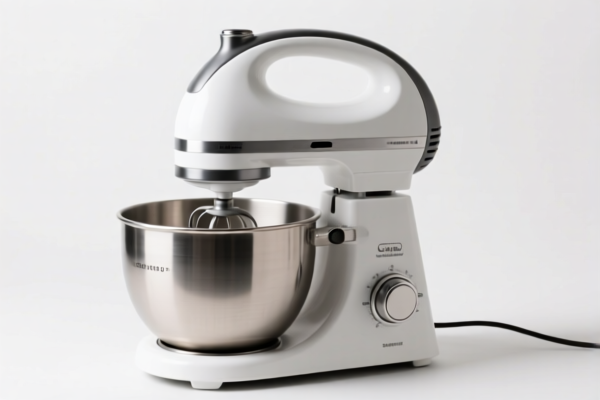| HS Code | Official Doc | Tariff Rate | Origin | Destination | Effective Date |
|---|---|---|---|---|---|
| 8481801030 | Doc | 59.0% | CN | US | 2025-05-12 |
| 8481805060 | Doc | 58.0% | CN | US | 2025-05-12 |
| 7418100002 | Doc | 40.5% | CN | US | 2025-05-12 |
| 7418201000 | Doc | 58.0% | CN | US | 2025-05-12 |
| 7419200010 | Doc | 55.0% | CN | US | 2025-05-12 |
| 7419805010 | Doc | 55.0% | CN | US | 2025-05-12 |
| 6815994170 | Doc | 55.0% | CN | US | 2025-05-12 |
| 7324900000 | Doc | 80.0% | CN | US | 2025-05-12 |
| 7324100010 | Doc | 83.4% | CN | US | 2025-05-12 |
| 6911900050 | Doc | 42.9% | CN | US | 2025-05-12 |
| 6912005000 | Doc | 36.0% | CN | US | 2025-05-12 |
| 6912004810 | Doc | 39.8% | CN | US | 2025-05-12 |




Kitchen Mixer Tap
A kitchen mixer tap (also commonly referred to as a kitchen faucet) is a device used to deliver water from a plumbing system to a sink in a kitchen. Unlike traditional taps which have separate hot and cold water controls, a mixer tap blends both hot and cold water streams to provide water at a desired temperature.
Material:
- Brass: The most common material for tap bodies due to its durability, corrosion resistance, and ability to withstand high water pressure. Often coated with finishes like chrome, nickel, or stainless steel.
- Stainless Steel: Increasingly popular for its modern aesthetic, resistance to corrosion, and hygienic properties.
- Zinc Alloy: A lower-cost option, but generally less durable than brass or stainless steel.
- Ceramic: Used for valve cartridges, providing a smooth operation and resistance to wear.
- Plastic: Found in some components, particularly handles and spray heads, for cost-effectiveness and ease of molding.
Purpose:
- Water Delivery: The primary function is to provide a controlled flow of hot and cold water for tasks such as washing dishes, rinsing food, and filling containers.
- Temperature Control: Allows users to adjust the water temperature to their preference.
- Convenience: Combines hot and cold water functionality into a single spout, simplifying operation.
Function:
Mixer taps operate via a valve mechanism. Common types include:
- Single-Lever: A single handle controls both water flow and temperature. Moving the handle adjusts the proportion of hot and cold water mixed.
- Dual-Lever: Separate handles control hot and cold water, requiring manual blending to achieve the desired temperature.
- Touch/Sensor Activated: Utilize electronic sensors to activate water flow when hands or objects are detected nearby.
- Pull-Down/Pull-Out: Feature a retractable spray head for enhanced rinsing and cleaning of the sink and surrounding areas.
Usage Scenarios:
- Residential Kitchens: The most common application, used for everyday washing and food preparation tasks.
- Commercial Kitchens: Heavy-duty models designed for high-volume use in restaurants and catering facilities.
- Utility Sinks: Used in laundry rooms and garages for washing and cleaning.
Common Types:
- Monobloc Taps: A single unit with a single spout and handle(s). The most common type for residential kitchens.
- Bridge Taps: Feature separate hot and cold water inlets connected by a bridge-like structure. Often used in traditional or vintage-style kitchens.
- Wall-Mounted Taps: Installed directly onto the wall, freeing up sink space.
- Instant Hot Water Taps: Provide near-boiling water on demand, useful for making tea, coffee, and other hot beverages.
- Filtered Water Taps: Integrate a water filtration system to provide purified drinking water.
- Smart Taps: Connected to a home automation system, allowing for voice control, temperature presets, and water usage monitoring.
The declared goods are kitchen mixer taps, which are appliances used for controlling the flow of water in kitchen sinks. They are typically hand-operated and can be made of various materials, including copper and other alloys.
The following HS codes are relevant based on the provided reference material:
- 8481801030: This HS code falls under Chapter 84 (Nuclear reactors, boilers, machinery and mechanical appliances; parts thereof) and specifically covers taps, cocks, valves and similar appliances for pipes, boiler shells, tanks, vats or the like, including pressure-reducing valves and thermostatically controlled valves; parts thereof. The subheading 8010 refers to 'Other appliances', further specified as 'Hand operated' and 'Of copper' with a pressure rating under 850 kPa. This code is applicable to kitchen mixer taps made of copper. The basic tariff is 4.0%, with an additional 25.0% surcharge, increasing to 30.0% after April 2, 2025, resulting in a total tariff of 59.0%.
- 8481805060: This HS code also falls under Chapter 84, covering taps, cocks, valves and similar appliances. The subheading 8050 refers to 'Other appliances', further specified as 'Hand operated' and 'Of other materials'. This code is applicable to kitchen mixer taps made of materials other than copper. The basic tariff is 3.0%, with an additional 25.0% surcharge, increasing to 30.0% after April 2, 2025, resulting in a total tariff of 58.0%.
- 7419200010: This HS code falls under Chapter 74 (Copper and articles thereof). It covers 'Cast, molded, stamped or forged, but not further worked' brass plumbing goods, not elsewhere specified or included. This code may be applicable if the kitchen mixer tap is made of brass and has not undergone significant further processing. The basic tariff is 0.0%, with an additional 25.0% surcharge, increasing to 30.0% after April 2, 2025, resulting in a total tariff of 55.0%.
- 7419805010: This HS code also falls under Chapter 74, covering 'Other' brass plumbing goods not elsewhere specified or included. This code may be applicable to kitchen mixer taps made of brass that do not fall under the more specific subheading 7419200010. The basic tariff is 0.0%, with an additional 25.0% surcharge, increasing to 30.0% after April 2, 2025, resulting in a total tariff of 55.0%.
Regarding HS codes 8481801030 and 8481805060, the material composition of the tap is crucial for correct classification. If the tap is made of copper, use 8481801030; otherwise, use 8481805060.
For HS codes 7419200010 and 7419805010, it is important to determine the extent of further processing the brass plumbing goods have undergone. If significant further work has been done, these codes may not be appropriate.
Customer Reviews
No reviews yet.